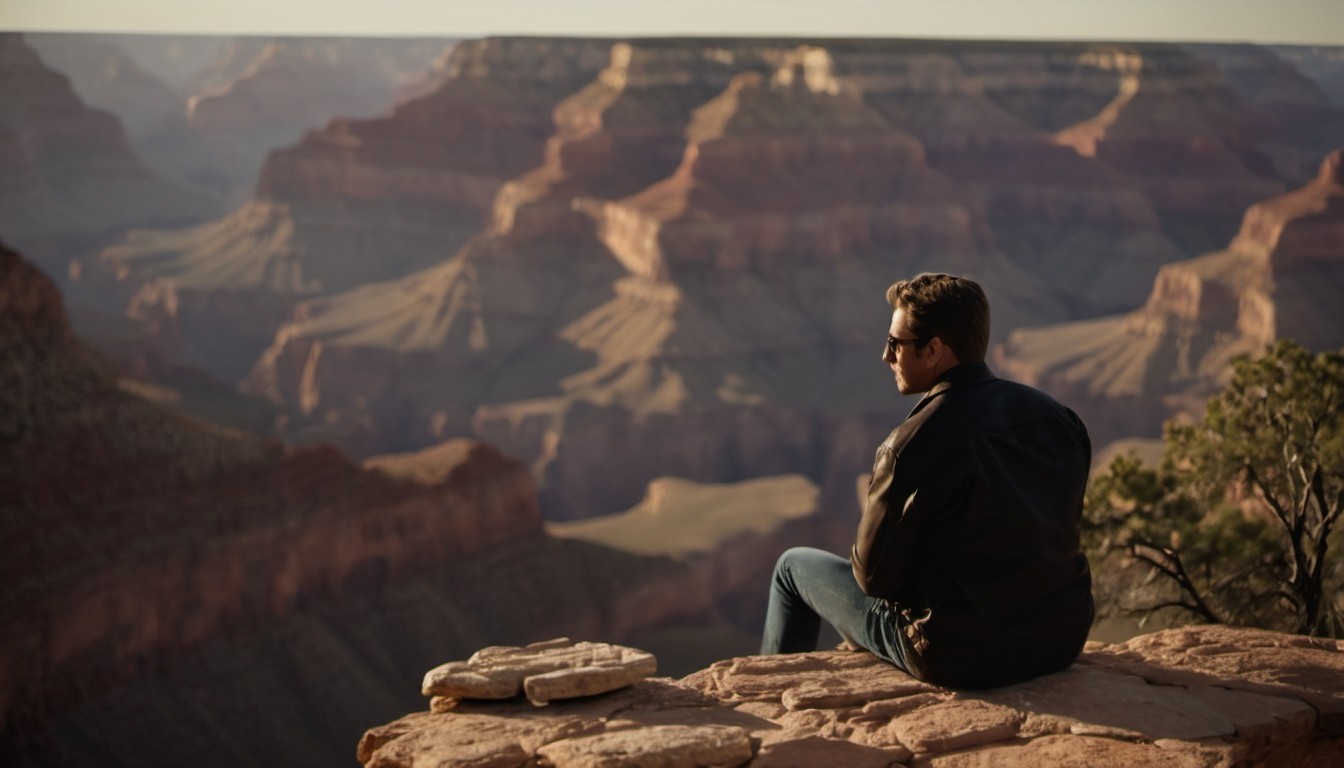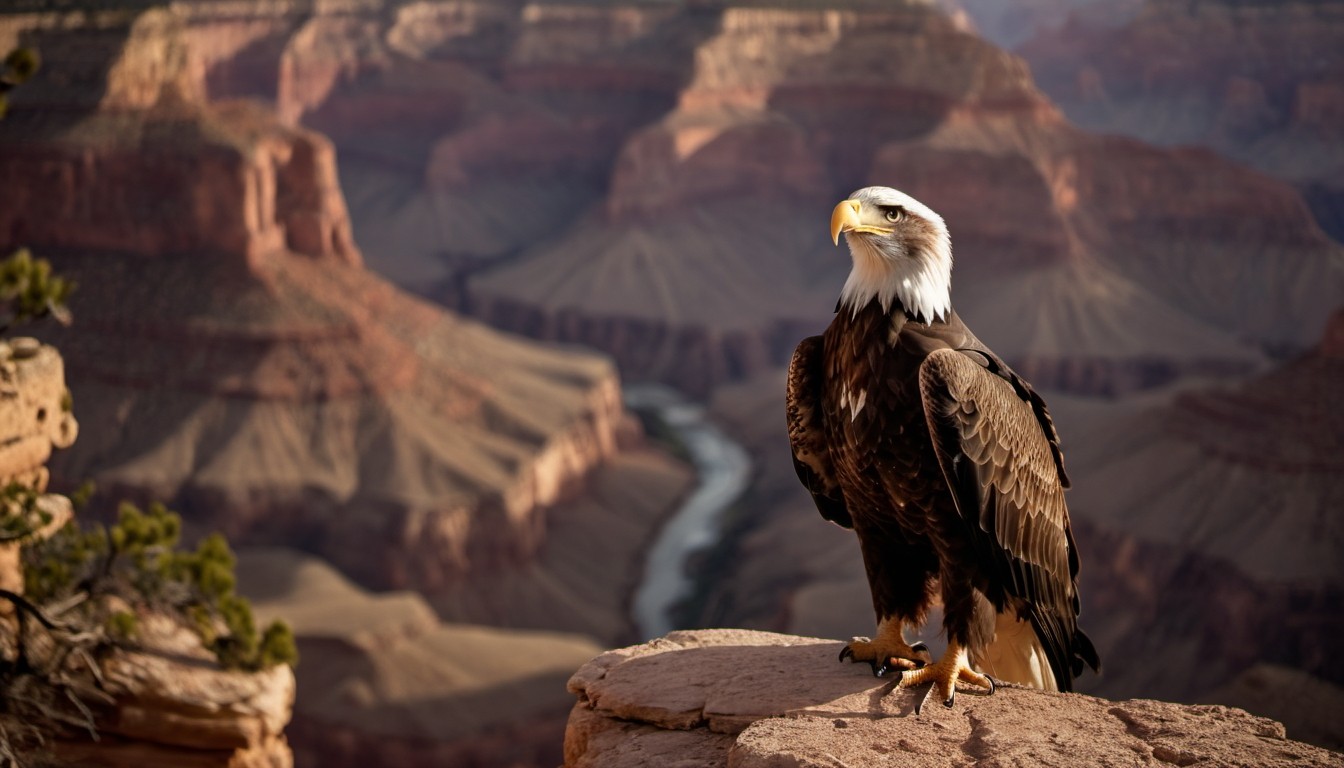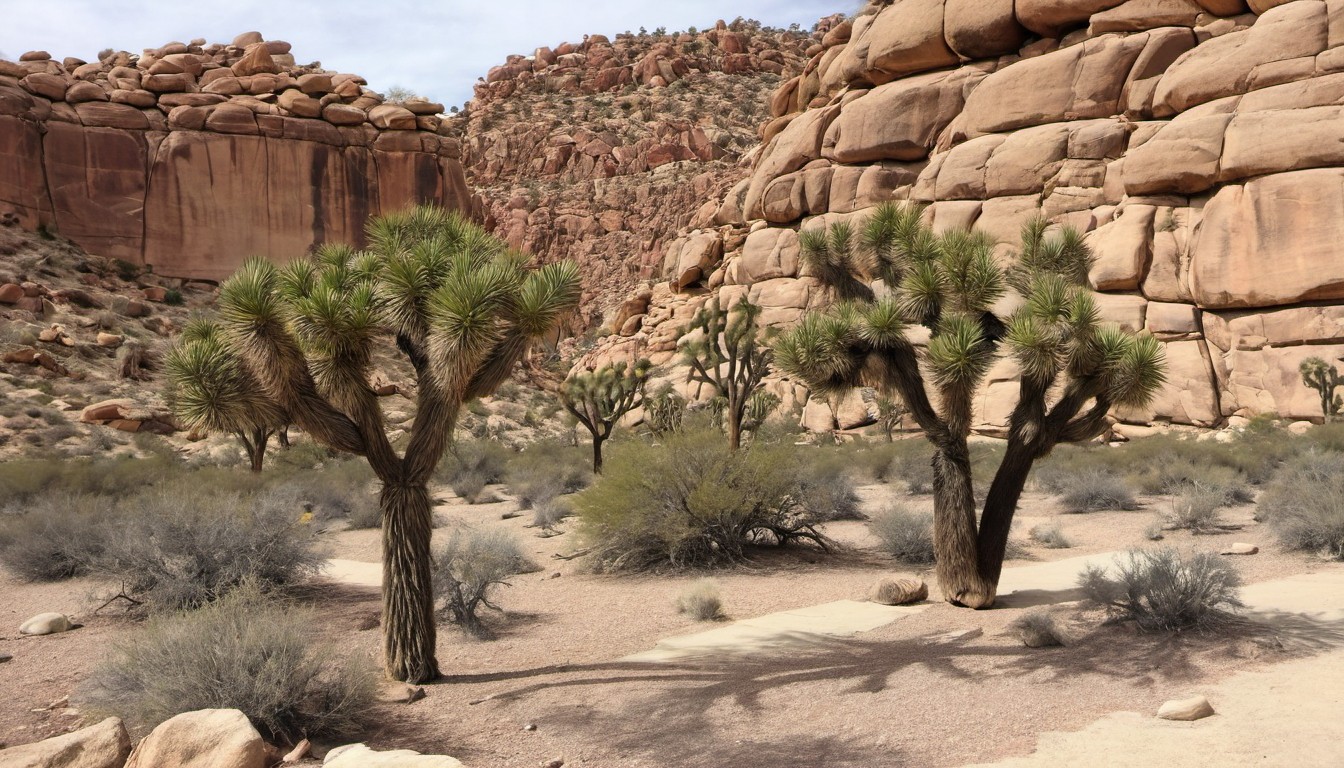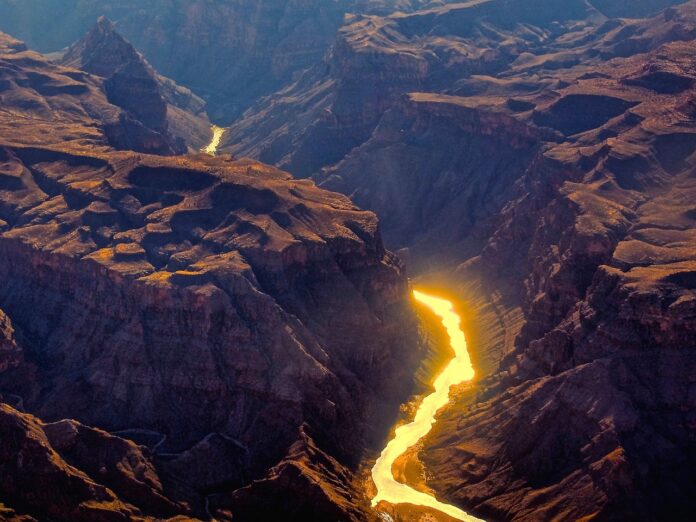The Grand Canyon is one of the most famous natural wonders in the world. Located in the state of Arizona in the United States, this massive canyon attracts millions of visitors each year. It is known for its stunning views, unique geological formations, and rich history.
Formation and Geology
The Grand Canyon was formed over millions of years by the Colorado River cutting through layers of rock. It is about 277 miles long, up to 18 miles wide, and over a mile deep. The layers of rock exposed in the canyon walls tell a story of Earth’s geological history, dating back nearly two billion years.
Amazing Views
One of the main reasons people visit the Grand Canyon is to see its breathtaking views. The canyon’s immense size and vibrant colors create a visual spectacle that changes throughout the day as the sunlight moves. Sunrise and sunset are particularly beautiful times to experience the canyon.
There are many activities for visitors to enjoy at the Grand Canyon. Hiking is very popular, with trails ranging from easy walks along the rim to challenging treks down into the canyon. The Bright Angel Trail and the South Kaibab Trail are two of the most famous hiking routes. Other activities include rafting on the Colorado River, taking helicopter tours, and camping.
Wildlife
The Grand Canyon is home to a variety of wildlife. Visitors might see animals like elk, mule deer, and bighorn sheep. There are also many bird species, including the California condor, which has been reintroduced to the area. The diverse habitats within the canyon support a wide range of plants and animals.
The Grand Canyon holds great cultural significance for many Native American tribes, including the Havasupai, Hualapai, and Navajo. These tribes have lived in and around the canyon for centuries and consider it a sacred place. There are several historical sites and cultural centers where visitors can learn about the history and traditions of these indigenous peoples.
Interesting Facts About the Grand Canyon
- The Grand Canyon is one of the Seven Natural Wonders of the World.
- It became a national park in 1919.

Joshua tree - The Grand Canyon National Park covers over 1.2 million acres.
- The Colorado River flows through the canyon for about 277 miles.
- The canyon is up to 18 miles wide at its widest point.
- The deepest part of the canyon is over a mile deep.
- The rock layers in the canyon walls reveal nearly two billion years of Earth’s history.
- The Grand Canyon is home to several endangered species, including the California condor.
- Native American tribes have lived in the Grand Canyon area for thousands of years.
- The Grand Canyon has its own climate, with temperatures varying greatly between the rim and the canyon floor.
- Over five million people visit the Grand Canyon each year.
- The Grand Canyon can be seen from space.
- There are several viewpoints along the South Rim, including Mather Point and Yavapai Point.
- The North Rim is less accessible but offers equally stunning views and is less crowded.
- The Grand Canyon has inspired countless artists, photographers, and writers.
- The first recorded European to see the Grand Canyon was Spanish explorer García López de Cárdenas in 1540.
- The Grand Canyon Skywalk, a glass bridge, allows visitors to walk out over the canyon for a unique view.
- The canyon is home to numerous fossils, including those of ancient marine life.
- The Grand Canyon is a UNESCO World Heritage Site.
- The park offers educational programs and ranger-led tours.
- The Havasupai people have lived in the canyon for over 800 years.
- The Grand Canyon has numerous waterfalls, including the famous Havasu Falls.
- Phantom Ranch, located at the bottom of the canyon, offers lodging and meals for hikers.
- The Grand Canyon’s ecosystem ranges from desert to forested areas.
- The Colorado River is famous for its challenging white-water rapids.
- The canyon’s rock formations have unique names like Vishnu Schist and Zoroaster Granite.
- The Grand Canyon has been the site of many scientific studies and explorations.
- The canyon experiences occasional flash floods during the monsoon season.
- The Grand Canyon Railway offers a scenic train ride from Williams, Arizona, to the South Rim.
- The Grand Canyon continues to erode and change over time, making it a dynamic natural wonder.
The Grand Canyon is a remarkable destination that offers something for everyone, from stunning natural beauty to rich cultural history. Whether you’re hiking its trails, rafting its river, or simply enjoying the view, the Grand Canyon is a place of awe and wonder that leaves a lasting impression on all who visit.
